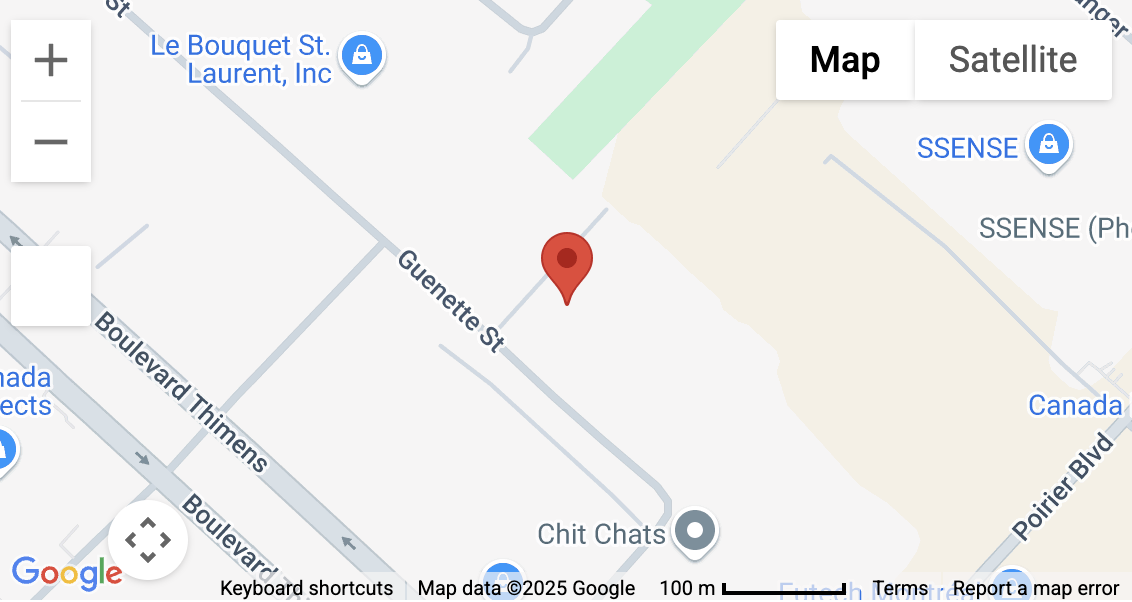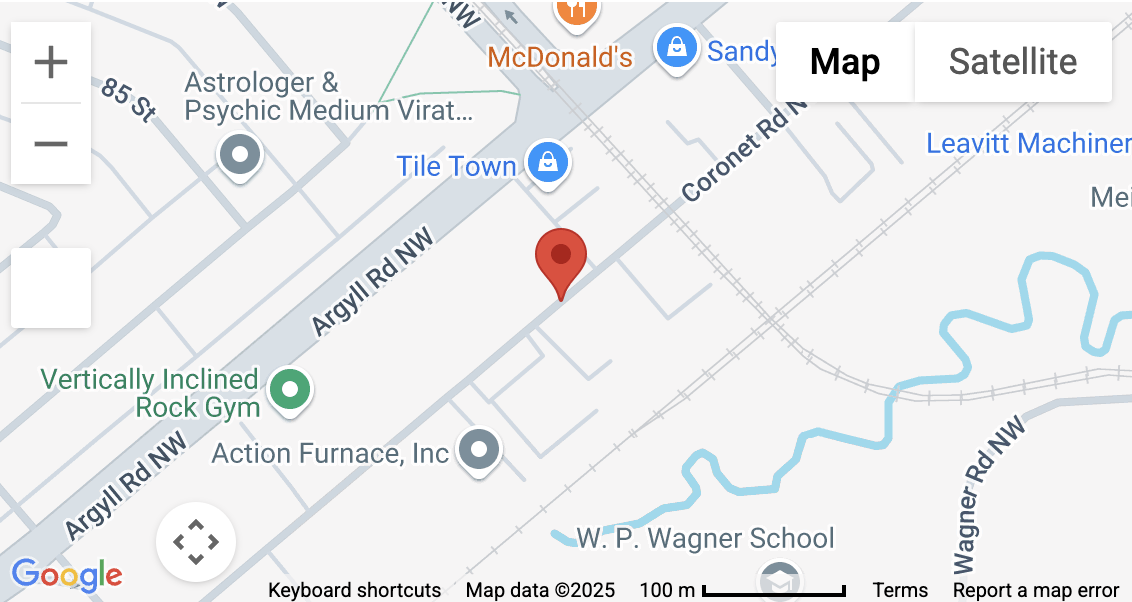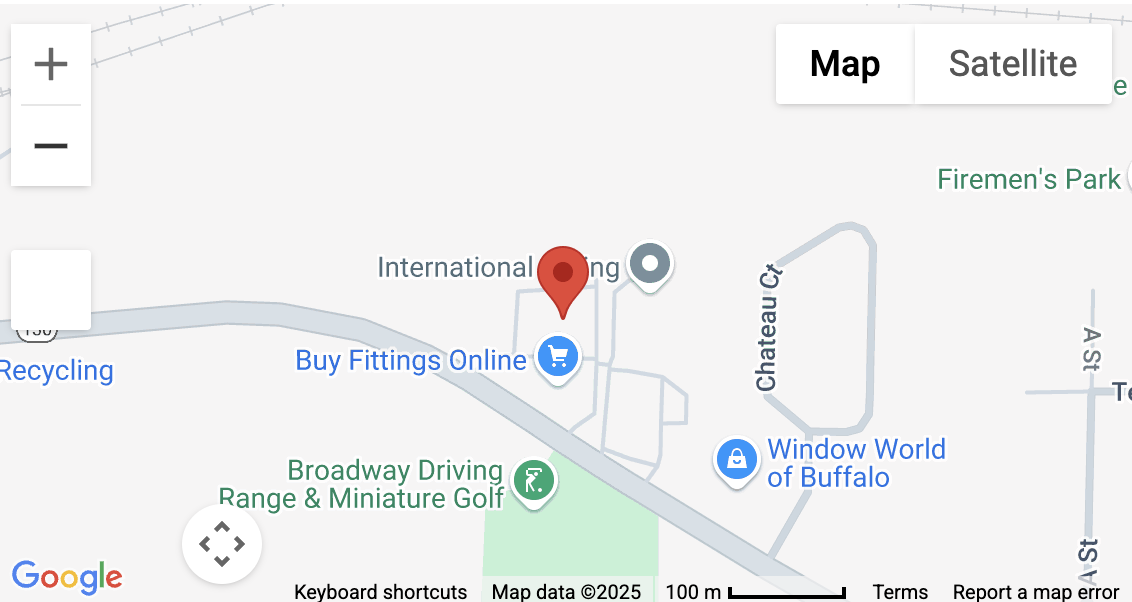Random vibration analysis is a method used to determine the response of a system or structure to random or non-repetetive excitations. This type of analysis is commonly used in the aerospace, automotive, and mechanical engineering industries to evaluate the performance and reliability of components and systems under dynamic loads.
Random vibration analysis is typically performed using a technique called the frequency response method, which involves measuring the response of a system to a range of different frequencies and amplitudes of vibration. This information is then used to construct a mathematical model of the system, which can be used to predict its response to different types of excitations.
The first step in performing a random vibration analysis is to identify the excitation sources that will be applied to the system. These sources can include things like wind, waves, traffic, and other forms of environmental noise. Once the excitation sources have been identified, the next step is to measure the amplitude and frequency of the vibrations that they produce.
Once the excitation sources and their associated vibrations have been characterized, the next step is to measure the response of the system to these excitations. This is typically done by attaching accelerometers or other types of sensors to the system and measuring the response at various points along the structure.
Once the response of the system has been measured, it is then possible to construct a mathematical model of the system. This model can take many different forms, but it is typically based on a set of equations that describe the dynamics of the system. These equations can be used to predict the response of the system to different types of excitations, and to determine the stability and reliability of the system under different operating conditions.
There are several different types of random vibration analysis, each with its own set of advantages and disadvantages. Some of the most commonly used methods include time-history analysis, frequency response analysis, and modal analysis.
Time-history analysis is a method that involves measuring the response of a system to a specific excitation over a period of time. This method is useful for evaluating the response of a system to a specific type of excitation, such as a wind gust or a traffic-induced vibration.
Frequency response analysis is a method that involves measuring the response of a system to a range of different frequencies and amplitudes of excitation. This method is useful for evaluating the response of a system to a broad range of excitations, and for determining the stability and reliability of the system under different operating conditions.
Modal analysis is a method that involves measuring the response of a system to a range of different frequencies of excitation. This method is useful for identifying the natural frequencies of a system, and for determining the stability and reliability of the system under different operating conditions.
In conclusion, random vibration analysis is a powerful tool that can be used to evaluate the performance and reliability of components and systems under dynamic loads. It involves measuring the response of a system to a range of different excitations, and using this information to construct a mathematical model of the system. This model can then be used to predict the response of the system to different types of excitations and to determine the stability and reliability of the system under different operating conditions.



